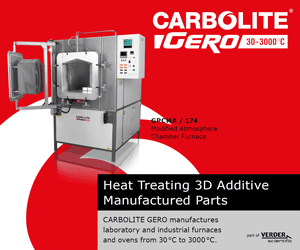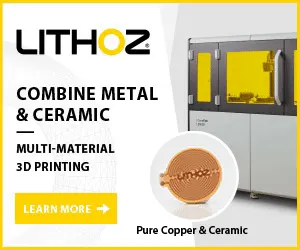Metal Additive Manufacturing / 3D printing: An introduction
Metal Additive Manufacturing / 3D printing offers the possibility to produce complex parts without the design constraints of traditional manufacturing routes
Additive Manufacturing, also known as 3D printing, additive layer manufacturing or rapid prototyping (less so in modern contexts), is defined as “the process of joining materials to make parts from 3D model data, usually layer upon layer, as opposed to subtractive manufacturing and formative manufacturing methodologies” (ISO/ASTM 52900:2021).
The metal 3D printing or Additive Manufacturing process is ‘additive’ in nature, with layers being successively added to build a part, as opposed to ‘subtractive’ technologies, where material is removed or shaped by machining, milling or forming. Importantly, in Additive Manufacturing the part geometry is always digitally defined and based on digital 3D model data from a computer-aided design (CAD) program.
Additive Manufacturing technology offers many advantages over more traditional manufacturing technologies. The ability to selectively deposit materials only where they are needed means that parts can be much more complex in design, and lighter weight, which can dramatically improve performance. The process is toolless, and so ideally suited for one-off or personalised products, unlike processes such as casting and injection molding that require significant up-front investment in tooling, with little ability to iterate product designs or provide any product differentiation.
Read our guide to metal Additive Manufacturing / metal 3D printing
The following guide to metal 3D Printing will introduce you to the history of metal AM, list the main types of metal Additive Manufacturing process, discuss some of the main applications for metal 3D printing technology, and outline the current state of the metal 3D printing industry.
Follow the links below to learn more:
- What is 3D printing / Additive Manufacturing?
- What are the main metal Additive Manufacturing processes?
- What are the main types of metal Additive Manufacturing material?
- What secondary finishing and post-processing is needed in metal Additive Manufacturing?
- Properties and standards for metal Additively Manufactured parts
- Applications for metal Additive Manufacturing technology
- Design advantages of metal Additive Manufacturing
- Growth areas and market potential for metal Additive Manufacturing
- Summary and outlook on the metal Additive Manufacturing industry
This introduction to metal Additive Manufacturing / metal 3D printing was authored for metal-am.com by Alex Kingsbury.

Alex Kingsbury is a well-known technical expert and social commentator on all things 3D printing. Alex has worked in Additive Manufacturing in technology leadership roles for over ten years, having previously served as a Research Leader of Additive Manufacturing at CSIRO, and as an Additive Manufacturing Industry Fellow at RMIT University.
For the last six years Alex has maintained Additive Economics, a private consultancy, to provide expert, strategic advice to investment firms, company boards, and government agencies on the commercialisation of and investment in advanced manufacturing technologies. Alex is a Graduate of the Australian Institute of Company Directors and holds a Bachelor of Engineering from RMIT University.
Download Metal AM magazine















